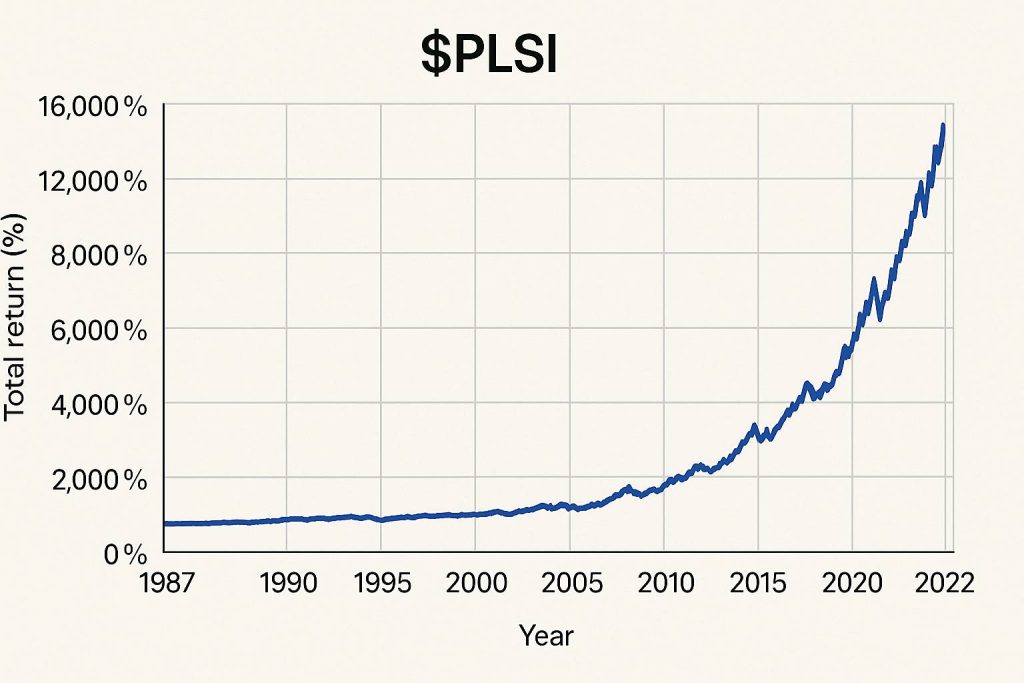Are Interest Rates Reshaping Real Estate? Why Tangible Assets Aren’t
As the Federal Reserve holds rates steady at 4.25-4.50% while tentatively projecting two rate cuts for 2025, investors are scrambling to position portfolios for a prolonged higher-rate environment. The disconnect between Fed policy expectations and market reality is creating opportunities in unexpected asset classes while traditional real estate investment face continued pressure.
In this essential guide, we examine how Fed rate decisions are impacting mortgage rates, real estate markets, and investment strategies, plus why savvy investors are diversifying into rate-resistant alternative assets.
This Article Covers:
- Why Fed rate cuts haven’t lowered mortgage rates as expected in 2025
- How higher interest rates are reshaping real estate investment strategy
- The impact of Fed policy on traditional investment portfolios
- Why investors are seeking alternatives to rate-sensitive assets
- How MCQ Markets provides rate-independent investment opportunities
Fed Rate Policy Reality: Why Rate Cuts Haven't Helped Mortgage Rates
Mortgage industry forecasts from Fannie Mae and the Mortgage Bankers Association suggest rates could eventually dip to 6.2% or 5.5% by late 2025 or 2026, but current market conditions indicate prolonged elevated borrowing costs across multiple asset classes.
Real Estate Investment Strategy in a High-Rate Environment
Higher mortgage rates are particularly impacting residential real estate investors who rely on leverage to maximize returns. Cash buyers gain significant advantages in this environment, while leveraged investors must recalculate deal economics based on 7%+ financing costs rather than the sub-4% rates that prevailed in recent years.
The prolonged high-rate environment is creating a two-tier real estate market: cash-heavy investors can capitalize on distressed opportunities, while leveraged players are increasingly sidelined by prohibitive borrowing costs.
Investment Portfolio Impact: Beyond Real Estate
Traditional 60/40 stock-bond portfolios struggle in environments where both asset classes face headwinds from Fed policy uncertainty. Rising rates support cash and short-term treasuries but penalize longer-duration assets, forcing investors to reconsider fundamental portfolio allocation strategies.
The Fed’s measured approach to rate cuts, projecting only modest easing through 2025, suggests investors need strategies that perform well in sustained higher-rate environments rather than waiting for dramatic policy shifts.
Alternative Investments: Escaping Interest Rate Sensitivity
Smart investors are increasingly diversifying into assets with minimal correlation to Fed policy decisions. Commodities, collectibles, and tangible assets offer potential returns independent of interest rate cycles, providing portfolio stability when traditional assets struggle.
Unlike real estate or bonds, alternative investments like classic cars, art, or luxury collectibles derive value from scarcity, cultural significance, and collector demand rather than financing costs or yield comparisons. These assets can appreciate regardless of Fed policy direction.
The shift toward alternatives reflects sophisticated understanding that portfolio resilience requires exposure to assets that perform independently of central bank decisions and interest rate cycles.
MCQ Markets: Performance Independent of Fed Policy
While real estate investors grapple with 7% mortgage rates and bond portfolios face duration risk, MCQ Markets offers investment opportunities completely divorced from Federal Reserve policy decisions. Our curated collection of investment-grade classic cars provides returns based on automotive heritage, rarity, and collector enthusiasm rather than interest rate environments.
Classic car values have shown remarkable resilience across different economic cycles, including periods of rising and falling interest rates. A pristine 1963 Ferrari 250 GT or rare McLaren F1 appreciates based on automotive significance and scarcity, not Fed fund rates or mortgage availability.
Building Rate-Resilient Investment Portfolios
MCQ Markets represents the evolution of sophisticated portfolio construction, offering exposure to assets that have historically appreciated through multiple interest rate cycles. Classic cars provide the tangible ownership and cultural appreciation that make them compelling regardless of Federal Reserve decisions.
As mortgage rates remain stubbornly high and Fed policy provides limited relief, the smartest investors are those building truly diversified portfolios that include both traditional assets and alternatives designed to perform in any rate environment.





